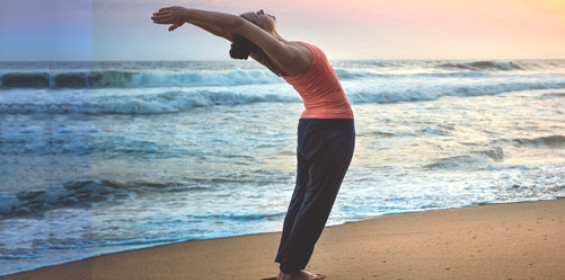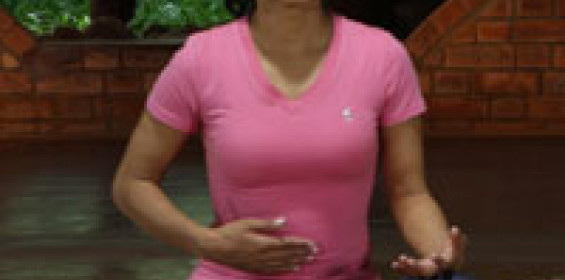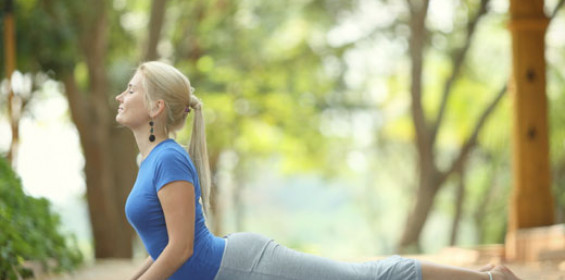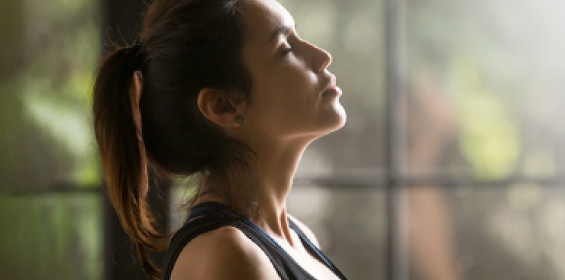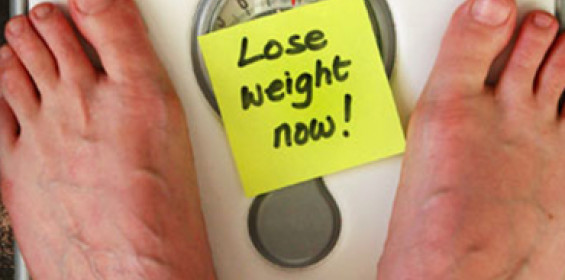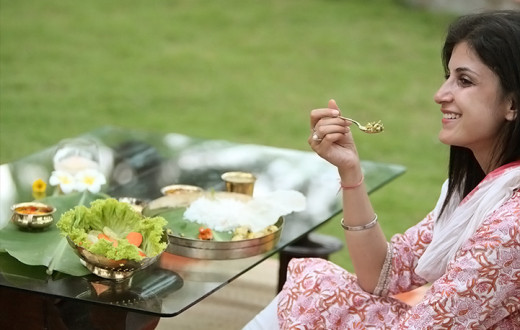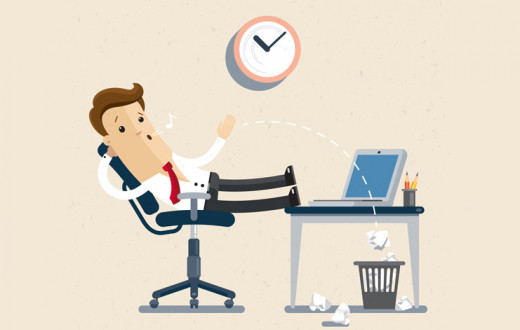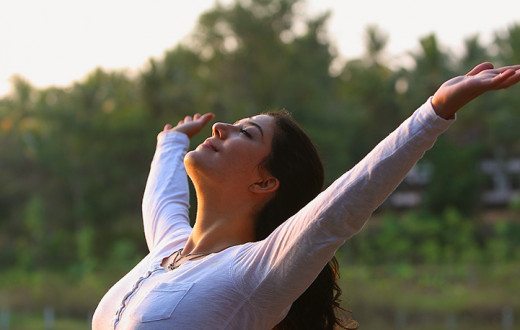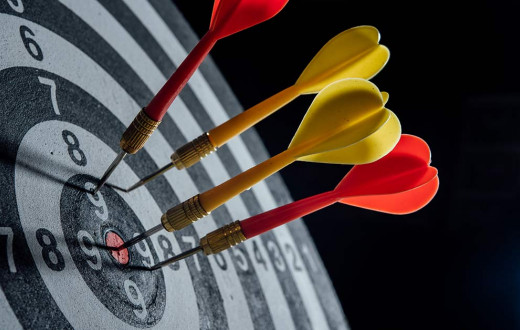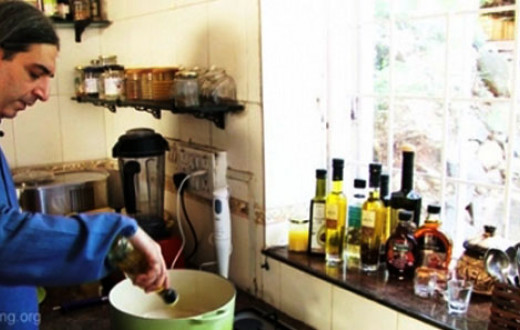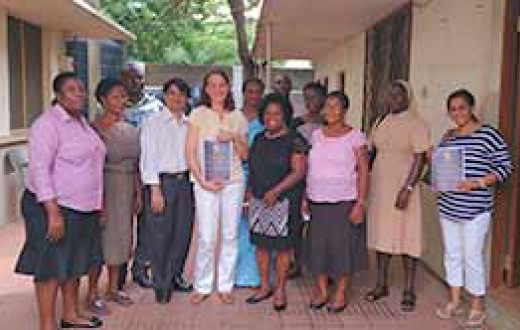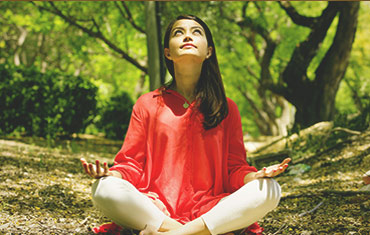This is a webinar with Dr. Ankita Dhelia, President of the Wellness Centre, at Panchakarma, The Art of Living, Consultant Osteopath & Craniosacral Therapist on the spine. She shares the basics, importance of the spine, causes of spinal issues and ways to keep the spine healthy.
Basics of the spine
Other than referring to the body, we use the word ‘spine’ in context to the backbone. It is said that this person is the backbone of the organization. We generally use the word spine or backbone to relate to the foundation of everything.
How is the spine or midline important?
Dr. Ankita takes us back to our origin in the womb, where the union of sperm and egg forms one big cell, the zygote. The zygote cell doubles to form 2, 4, 8, 16, 32 and goes on. This doubling would have just been a big ball of cells, had the spine not given us a length more than the width.

Provides shape and flexibility to our body
Dr. Ankita further adds that we have a well-defined front and back, right and left, top and bottom and around the spine, all other formations happen. Thus, the spine is the first identifiable structure that gives us a shape and form rather than a ball of cells without any differentiation.
It keeps us upright, allows us to bend and twist and connects the different parts of our skeleton to each other: our head, chest, pelvis, shoulders, arms and legs. The spine is made up of a series of bones, yet it is flexible due to elastic ligaments and spinal disks.
Protects the spinal cord, nerve roots and internal organs
The spine is made of 33 individual vertebrae stacked one on top of the other from pelvic bone to the base of the skull. This spinal or vertebral column provides the main support for your body and protects the spinal cord from injury. Between two vertebrae are discs that act as cushions or shock absorbers. A bony channel in the vertebral column protects the spinal cord and nerve roots.
The cervical spine protects the spinal cord. It works with muscles, tendons, ligaments, and joints to provide support for your head weight, structure and flexible neck movements.
The thoracic spine and ribcage protect your heart and lungs.
The lumbar spine protects your spinal cord and cauda equina or the tail of nerves affecting the large intestine, bladder, abdominal muscles, perineum, legs and feet.

Cause of spinal issues
The causes of spinal issues can be excess weight or obesity, improper lifting techniques, overuse from exercise or occupational movement, nutrition and lifestyle habits such as a sedentary lifestyle, low calcium intake, smoking, osteoarthritis, rheumatoid arthritis, thyroid disease or poor posture.
Lack of movement
Dr. Ankita emphasizes that lack of movement can cause spinal issues in many people due to their sedentary lifestyle. The movement is reduced in people using mobiles, laptops or desktops for long hours throughout the day.
A fixed forward head posture (FHP)
The head is positioned for too long with your ears in front of your body’s vertical midline and the shoulders get rounded. It increases compressive loading on tissues in the cervical spine, particularly the facet joints and ligaments, thus influencing respiratory function.

Being couch potatoes, watching television and having nothing else to do, and having a very bad slouched and a hunchback are taxing to our spine. It is supposed to have certain natural curves. The best thing for the spine is ‘movement’. If there is no movement, the spine also tends to get stuck, inflexible, stiff or bamboo-like in some places.
Poor Posture
You can visit our blog on “bad posture is the cause of neck & back pain” for more on postural corrections.
How to make the spine strong and healthy?
The spine allows you to move about freely and bend with flexibility. The spinal cord is a column of nerves that connects your brain with the rest of your body, allowing you to control your movements.
Controlled Movements
Practicing controlled movements makes the spine strong. When you want to bend your elbow, you can do so without the movement of the wrist or shoulder. It doesn't happen with the spine. It comprises 33 different pieces of vertebrae. Some vertebrae are fused together, so taken as one. If you turn your head, you are not moving just one vertebra, but are moving them as a sequential movement of many vertebrae. While walking, turning your head, and twisting your waist, they move differently. They all move little by little.
Hence, when you feel stiffness in one part of the spine, the problem area may also be on the other part. So the entire spine needs controlled movement. As we know, the spine doesn’t have isolated movement of just one or two vertebrae, a random movement of the spine is welcome.
Did you know that every body part is connected to the spine? Our spine care experts in a Free Webinar on Spine Care will help you learn to maintain a healthy spine and correct your spine issues.
Conclusion
By working through the spine in our activities, we can bring about a positive change in our bodies.
Written by: Pratibha Sharma
We’d love to hear from you!
Please write to us @artofliving about your ways to have a healthy spine.
Related link
Spine-health for professionals
FAQs on spine
- Craniosacral therapy - The cranium is the top end and the sacrum is the lowermost end of the spine. It is based on the flow of fluids in and around the central nervous system and the movement of the bones.
- Chiropractic is based on the manual setting of the spine, other joints and soft tissues.
- Meruchikitsa is based on how the energy or pranic flow happens in the spine.
Most of the disorders originate from the misalignment of the spine. It is the keystone along with which everything is formed. These are some of the spinal disorders.
- Arthritis
- Sciatica
- Scoliosis, the sideways curve to the spine
The spine starts from the base of the skull to the tailbone.
No, you can’t live without a spine. Your body will collapse in its absence. The connection of your brain to other parts of the body is impossible without a spine.
Practice Yoga for a strong spine -
Katichakrasana (Standing Spinal Twist)


